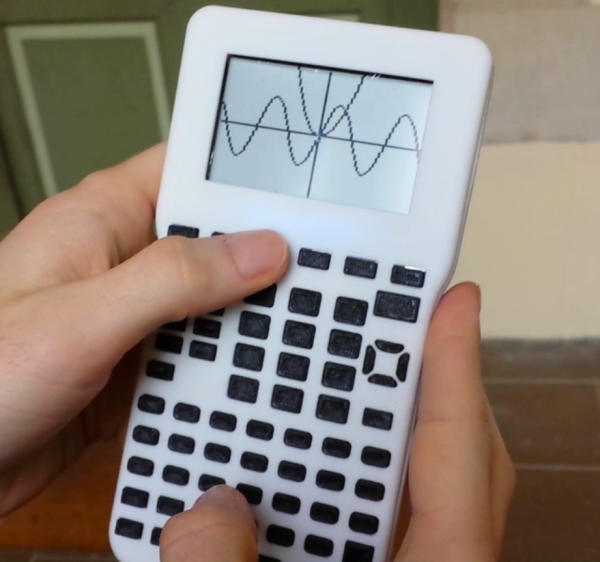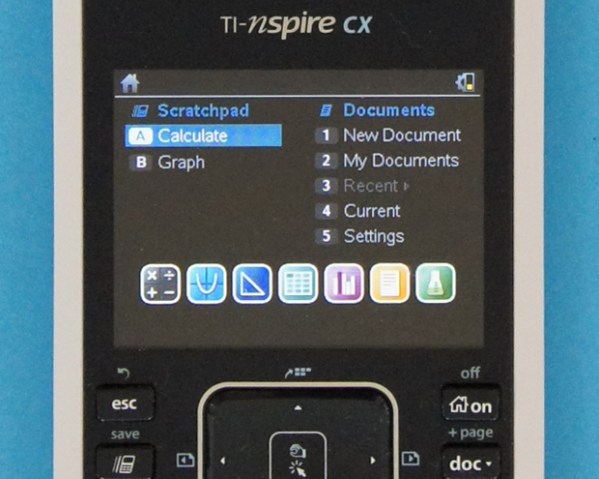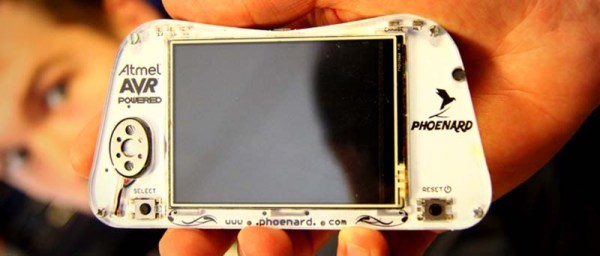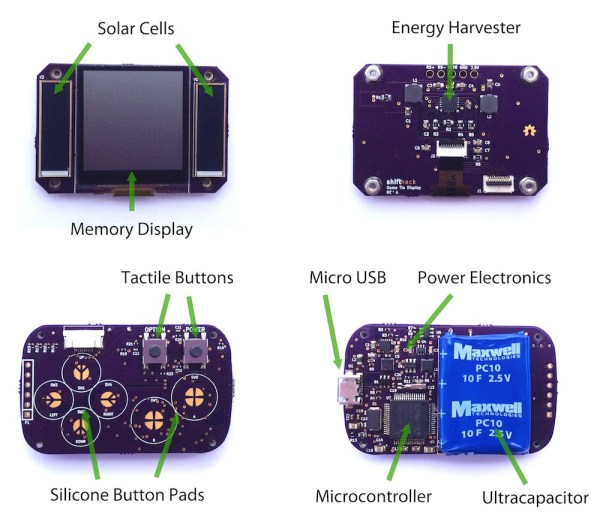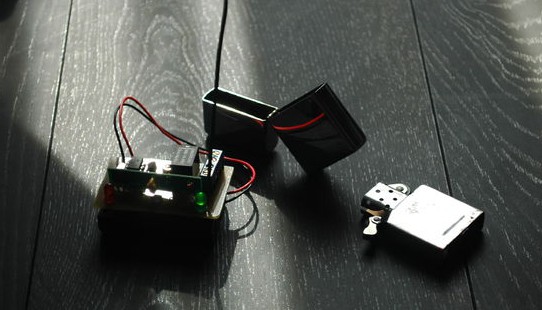[lovablechevy], aka the Queen of Bondo, has added another member to her Mushroom family of custom portable consoles. This time, it’s the HandyGen, an improved Sega Nomad. As an owner of the latter, we can attest that the Nomad had limitations, including its unwieldy size and shape, and its godawful battery life. As part of a build-off contest over at the Bacman forums , [lovablechevy] took apart a half-working Nomad and trimmed its board to fit into a smaller case of her own design, while retaining features such as the A/V out, headphone jack, and Player 2 controller port. She also bumped up the size of the screen, swapping in a new 4″ LCD and its corresponding controller board. The best improvement was increasing the battery life considerably; HandyGen uses 2 LiPo batteries lasting 7 hours instead of the Nomad needing 6AA’s that barely lasted two. HandyGen’s battery life is roughly double that of the GeneBoy, an earlier portable Genesis mod we’ve featured before.
[lovablechevy] always does a great job with her portables, from the Nintenduo to the HandyNES. Being avid PS fans, we also award her bonus points for testing out the HandyGen with Phantasy Star 4. Check out her video of the HandyGen after the break.
Continue reading “[lovablechevy] Transforms A Nomad Into The HandyGen”


